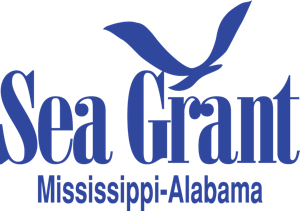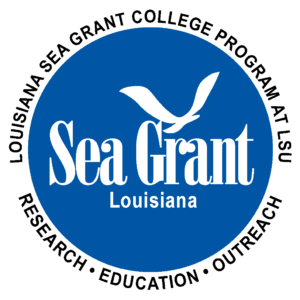*As part of this effort, project team members met with several other communities not listed above. These communities decided, for various reasons, to not pursue developing a full PPI at this time so are not featured on this website aside from being indicated with gray stars on the map above.
DEVELOPING CRS PROGRAMS FOR PUBLIC INFORMATION
Project Overview
The 2013 CRS Coordinators’ Manual changed the scoring system for communities in the CRS. Communities no longer receive CRS credit for participating in CRS users groups. However, the new manual creates a new creditable outreach activity – the Program for Public Information. Communities previously participating in CRS users groups sought assistance in transitioning to a Program for Public Information. To avoid losing CRS points, communities needed a Program for Public Information in place before their next cycle visit.
What is a Program for Public Information (PPI)?
The goal of a PPI is to encourage community outreach that is:
- Designed to meet local needs, and
- Is monitored, evaluated, and revised to improve effectiveness.
The PPI is a valuable tool for CRS communities because it provides additional credit for outreach that is coordinated through the program.
Community Partners
Mississippi
Louisiana
What did we do?
The project team worked through local partners and CRS Users Groups (self-organizing groups who share information about the CRS) in Mississippi and Louisiana, to assist local communities in the development of a Program for Public Information. In Louisiana, efforts focused on developing a Program for Public Information with Vermillion, Cameron, and Calcasieu Parishes. In Mississippi, a Program for Public Information was developed with the City of Biloxi.
Key PPI Milestones
01.
Complete Community Self-Assessment
02.
Identify PPI Committee Members
03.
Identify Target Areas, Messages, & Audiences
04.
Get Approval of Local Governing Body
The Program for Public Information Committee
A PPI can be structured in two different ways. It can be a single jurisdiction (only one city, county, or parish) or a multi-jurisdiction (more than one city, county, or parish) PPI. The distinctions include:
- Minimum of 5 members
- Local Government
- Floodplain Manager
- Public Information Officer
- Community
- 3 community members for a committee of 5
- Must have equal or greater representation of community stakeholders (for example, a Committee with 4 city employees must also have at least 4 community stakeholders)
- Local Government
- Minimum of 2 members from each community
- 1 local government representative
- 1 community stakeholder representative
- At least half of each community’s representatives must be from outside of local government (for example, if a community sends 2 local government representatives, it must also have 2 community stakeholders)
- At least half of the members must attend all of the meetings; there must be a quorum from each community
Lessons Learned
- Single vs Multi-jurisdiction: In many cases, creating a single jurisdiction PPI may be easier than a multi-jurisdictional one. Think about what makes the most sense for the communities involved and the additional layer of coordination that will be required for meeting the PPI requirements.
- Realistic Timeline: Creating the PPI and working through the approval process will take longer than expected. The PPIs featured on this website took over two years to draft, finalize, and be adopted. Make sure to set realistic expectations at the beginning of the project.
- Working Document: You will likely forget to include some actions on your activity spreadsheet; do not let the worry of leaving something off hinder forward movement on the document. You can always add additional activities to it down the road.
- Clear Messaging: Make sure to take time to have the community’s governing body understand the purpose of the PPI. For this project, we did presentations to the city council and parish police juries on basics of flood insurance, the Community Rating System, and the PPI itself well in advance of asking them to approve the document.
Project Team
Mississippi-Alabama Sea Grant Consortium
Louisiana Sea Grant
Web design and construction + technical support provided by Wesley Shaw
Special thanks to Jessica Kuonen, Michael Heaton, and Morgan Ducote for their review of materials.
Project Funding
This project was funded by the EPA Gulf of Mexico Program (Funding Opportunity Number: EPA-GM-2013-1 | CFDA# 66.475)


Additional Information
To learn more, please download the full report or contact the team with questions.
Questions?
Louisiana Sea Grant Law & Policy Program








